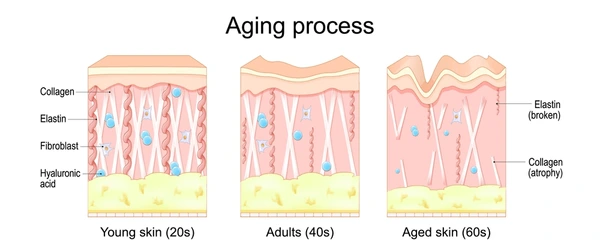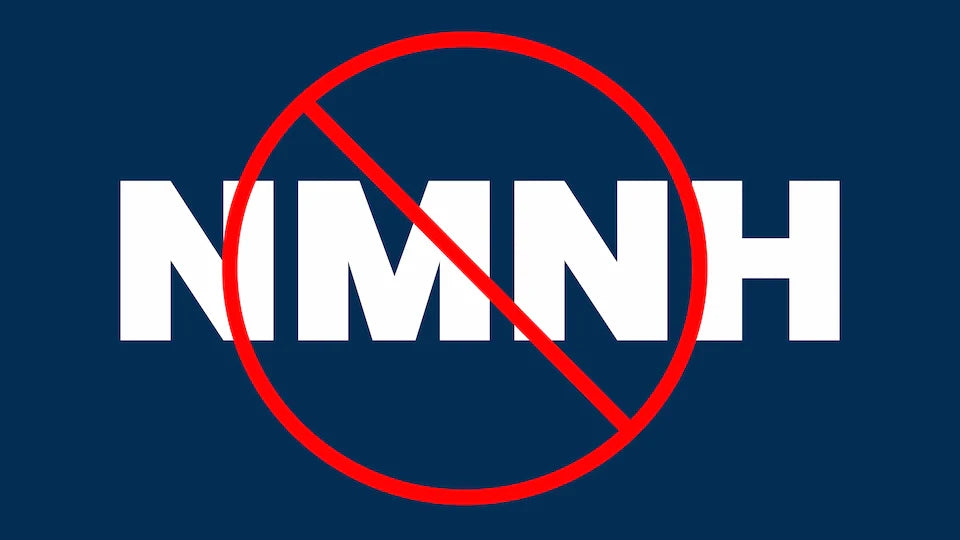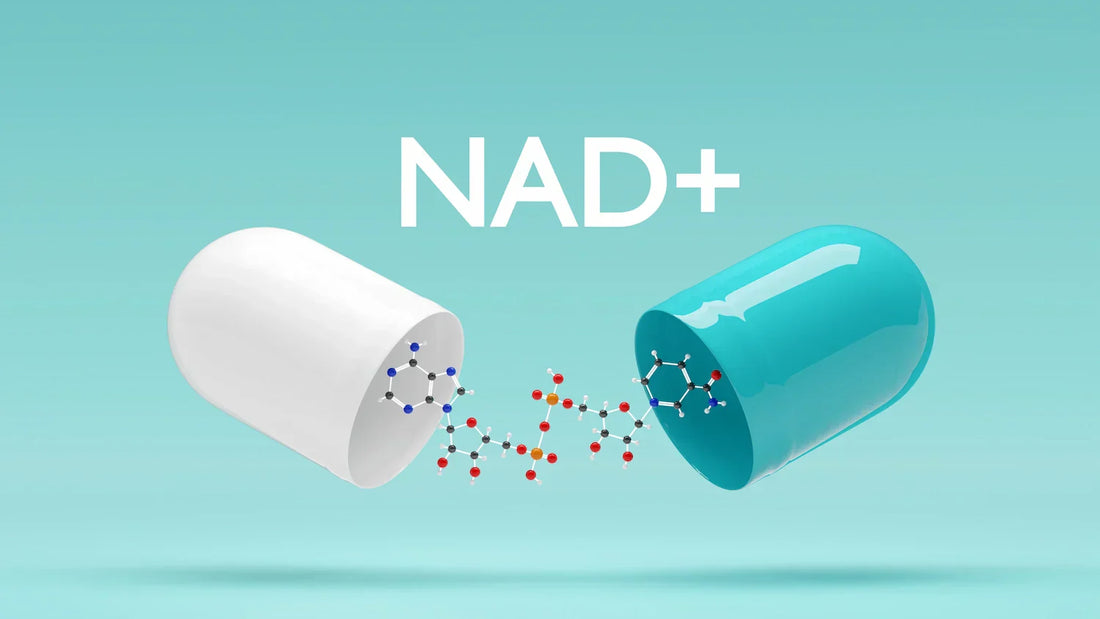Key Points
- Liposomal encapsulation allows NMN to enter cells directly, without relying on transporters or conversion to NR
- Liposomal NMN significantly increased NAD+ levels by 83% in 4 weeks
- Liposomal NMN was more effective than Standard NMN in raising NAD+
- NAD+ levels remained elevated above baseline 4 weeks after stopping Liposomal NMN

Illustration of Liposomal NMN Absorption. NMN is encapsulated in a fat-based liposome, which merges with the cell membrane to deliver NMN directly inside. This process enhances absorption, protects NMN from degradation, and improves its effectiveness compared to standard NMN supplements.
Clinical Trial Evaluates Efficacy of Liposomal NMN
A double-blind, placebo-controlled study was conducted with 15 male participants (ages 40 and older), randomly assigned to one of three groups (n=5 per group):
- Placebo Group: Received Maltodextrin (4g/day)
- Non-Liposomal NMN Group: Received Standard NMN (350 mg/day)
- Liposomal NMN Group: Received Liposomal NMN (350 mg/day)
Participants took their assigned supplement daily after breakfast for four weeks.
Blood NAD+ levels were measured at four time points:
- Before the first dose (baseline)
- One hour after the first dose
- After four weeks of supplementation
- Four weeks after stopping supplementation
Liposomal NMN Increased Blood NAD+ Levels By 84%
After four weeks of supplementation, the Liposomal NMN Group exhibited an 84% increase in blood NAD+ levels, rising from 28.6 µM (baseline) to 52.5 µM.
Although NAD+ levels declined four weeks after participants stopped supplementation, they remained elevated at 36 µM compared to the baseline of 28.6 µM.

This figure illustrates that supplementation with Liposomal NMN significantly increased NAD+ levels after four weeks, compared to both pre-supplementation and one hour post-intake. After stopping supplementation, NAD+ levels were decreased at 8 weeks, though they remained higher than baseline.
"Liposomal NMN is directly absorbed into the cells in its original form through the cell membrane. This allows for efficient NAD+ production within the cells, without the need for energy consumption or a reduction in NMN levels."
Encapsulated NMN Boosted NAD+ More Effectively Than Standard NMN
Among all groups, Liposomal NMN produced the greatest increase in NAD+ levels after four weeks, outperforming both Standard NMN and placebo.

This figure shows that the Liposomal NMN Group (orange bar) had significantly higher NAD+ levels than the Non-Liposomal Group (green bar) and the Placebo Group (blue bar).
“This shows that liposomal NMN promotes the production of NAD+ significantly more than both groups.”
Conclusion
A four-week course of Liposomal NMN led to a significant increase in NAD+ production compared to Standard NMN.
“It was found that the liposomal NMN group produced significantly more NAD+ in the fourth week of intake.”
These results confirm that encapsulated NMN is a more effective method for increasing NAD+ levels.
“In the results of this study, liposomal NMN significantly increased NAD+ compared to non-liposomal NMN.”





